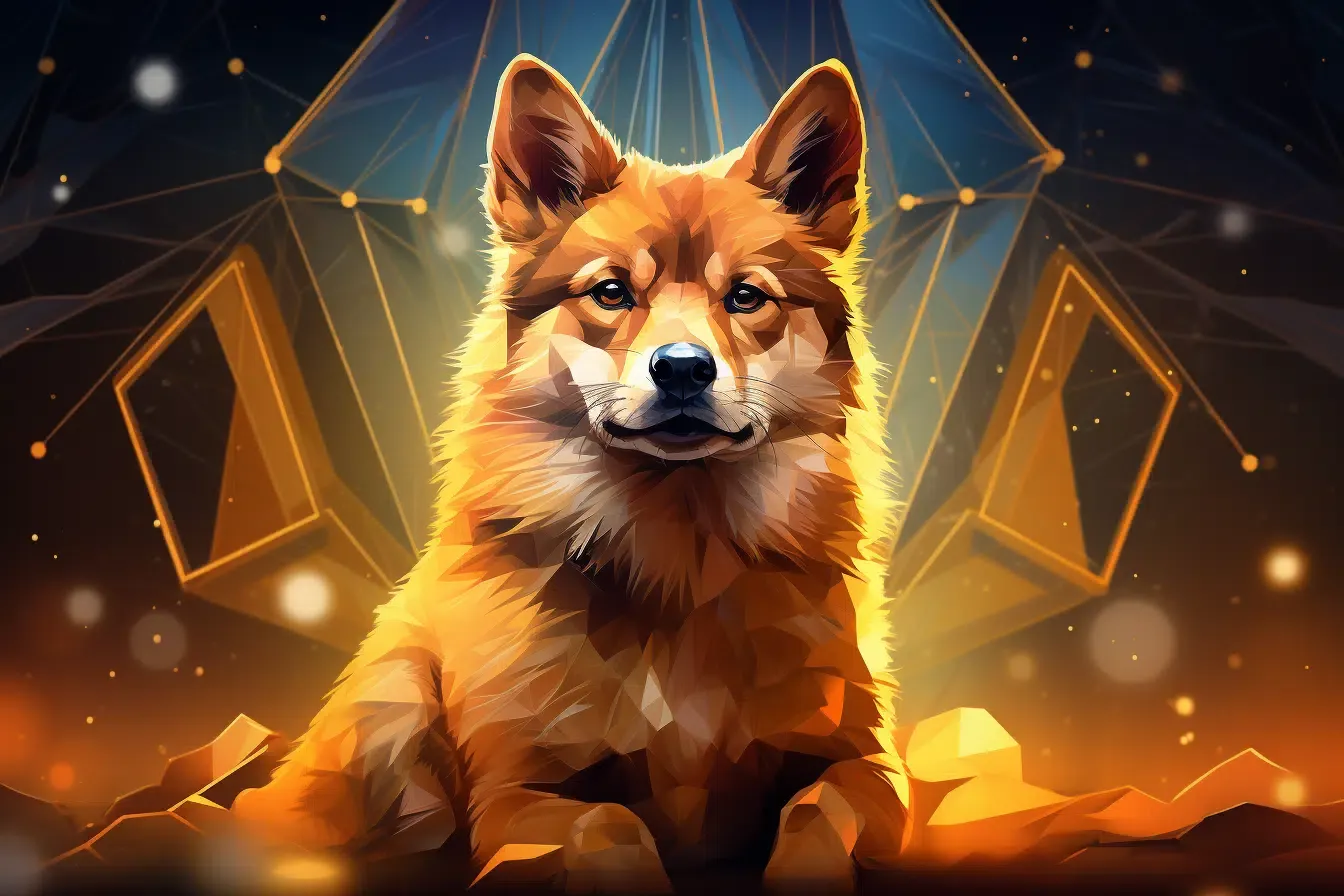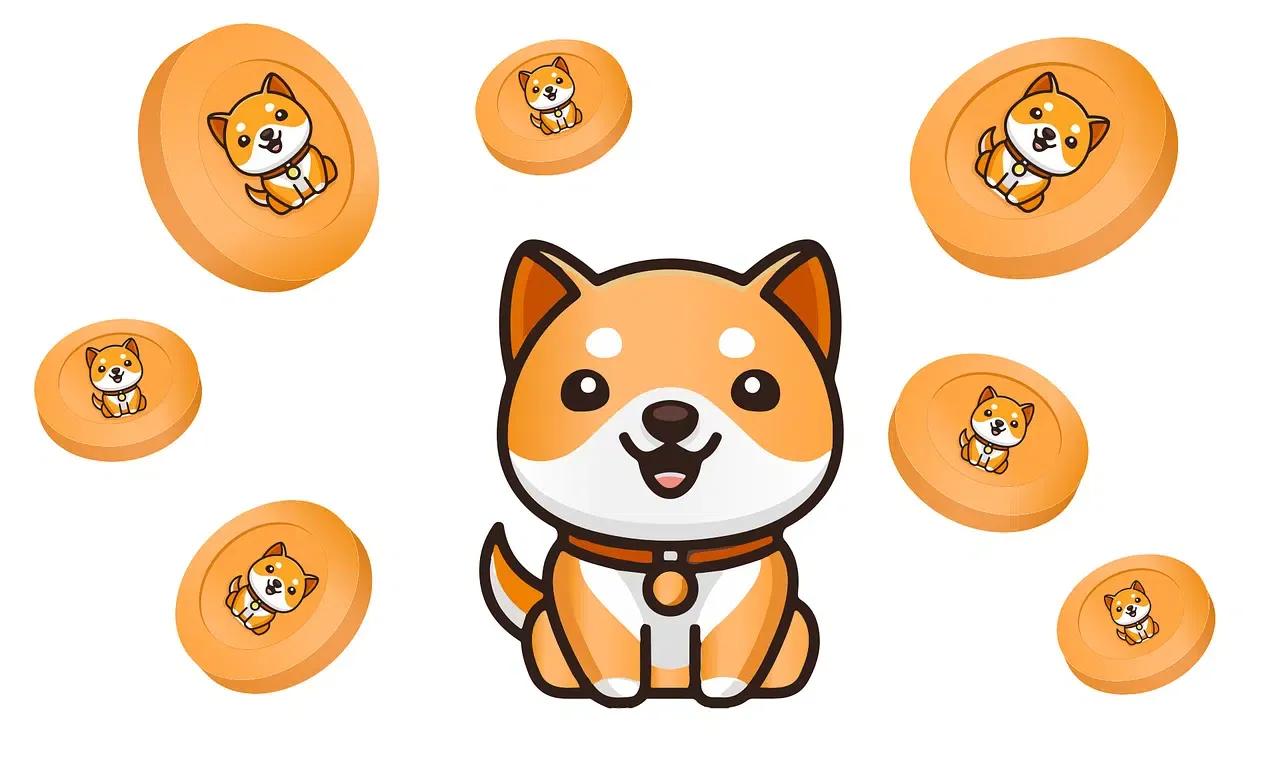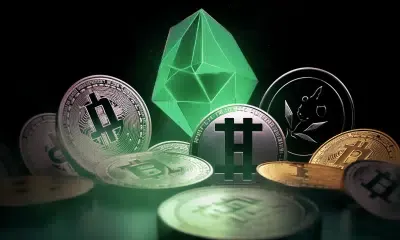How Will the Shibarium Burn Mechanism Work in 2024?
Discover the intriguing details of Shibarium’s upcoming burn mechanism for 2024, unraveling the innovative technology behind this crypto sensation’s fiery transformation.

As we step into 2024, the buzz around Shibarium continues to grow, particularly regarding its innovative burn mechanism. This mechanism is not just a technical feature; it’s a transformative strategy aimed at enhancing the platform’s efficiency and value.
This piece will delve into the details of how the Shibarium burn mechanism is set to work in 2024. We will also understand its implications for users and the broader SHIB ecosystem.
Delving into the Shibarium burn mechanism
The Shibarium burn mechanism is a strategic feature designed to reduce the supply of SHIB tokens. This process is integral to Shibarium, which operates as a Layer 2 solution atop the Ethereum blockchain. It essentially aims to improve transaction speeds and reduce costs for Shiba Inu token users.
Gain a foundational understanding of the platform by exploring our detailed guide on what Shibarium blockchain is and how it works.

Crypto deflationary mechanisms
Stages of the SHIB token burn mechanism
The burn process will be carried out in two stages as follows:
Manual burn triggers
In the initial stage, the burn process will be directly controlled by the network’s official deployer wallet. This approach allows for meticulous monitoring and necessary adjustments to align with the network’s overall health and longevity.
It involves coordinated changes across the network, requiring collaboration with validators and node operators.
Future automated burns
Commencing in January 2024, the mechanism transition will be into an autonomous system. This stage will introduce several enhancements to boost both efficiency and dependability. The automated burn process will function according to set protocols, rendering it more streamlined and transparent.
How will the automated Shibarium burn mechanism work?
At its core, the mechanism utilizes BONE tokens by collecting them as gas fees from transactions on the Shibarium network. Once transaction fees accumulate to around $25,000, the system initiates the burn process.
The system then transfers these collected BONE tokens to Ethereum’s Layer 1, automatically swapping them for SHIB tokens. It then sends the swapped SHIB tokens to a dead wallet. Consequently, this permanently removes them from circulation.
Moreover, this burning method is a continuous process, not just a one-off event. Anyone can facilitate the burn by clicking “Initiate burn” and confirming a series of transactions.
The burning mechanism will be fully operational from January 2024, with 70% of the base fees from transactions allocated to this purpose and the remaining 30% reserved for network maintenance.
A key factor in the success of the burn mechanism is the rate at which the network is adopted. As Shibarium sees more transactions and a notable increase in gas fees—potentially up to 1000%—the rate of token burning also escalates substantially.
Therefore, as network usage and adoption rise, so does the amount of tokens being burned. This will foster a self-reinforcing cycle of expansion and value increase.
While considering Shibarium’s burn mechanism, also explore ShibChain.

Shibarium Layer 2 protocol – Image via Shiba Inu
How many SHIB have been burned?
Let’s take a look at the current supply mechanics of SHIB:
- The total burnt from the initial supply is 410.70 trillion.
- The total circulating supply is 589.30 trillion.
- The amount staked (xSHIB) is 8.25 trillion.
SHIB burn portal functionality: A closer look
Here are some interesting details about the much-anticipated SHIB burn portal:
- Accessible interface: The burn portal is expected to have an intuitive interface available on the Shibarium website. Here, users can easily navigate to initiate the burning process.
- Burn history: The portal may provide users with a history of burns, including amounts and dates, for transparency and tracking purposes.
- Real-time updates: It might also offer real-time updates on the amount of BONE accumulated towards the next burn. This can enhance user engagement and understanding of the burn pace.
- Open to all: One of the critical aspects of the burn portal is its openness to all users. Anyone can initiate burns, making it a community-driven feature.
- Incentives and rewards: While primarily a mechanism for reducing token supply, the burn portal may also incorporate incentives or recognition for users who frequently participate in the burning process.

The details of SHIB token burning – Image via Shiba Inu
The benefits of burning Shiba Inu token (SHIB)
The economic implications of the SHIB burn mechanism can be quite significant. Take a look:
- Induced scarcity: By permanently removing tokens from circulation, the burn mechanism reduces the total supply of SHIB. This can lead to increased scarcity and potentially higher value per token if demand remains constant or increases.
- Investor confidence: The implementation of a burn mechanism can signal a commitment to maintaining the token’s value and managing inflation, potentially increasing investor confidence and attracting long-term holders.
- Speculative interest: The anticipation and execution of burns can generate speculative interest. This can lead to increased trading volume and liquidity as traders attempt to capitalize on price movements related to burn events.
- Market perception: A well-executed burn mechanism can improve the overall market perception of SHIB, distinguishing it from other tokens and cryptocurrencies by demonstrating a proactive approach to supply management.
- Long-term sustainability: By potentially stabilizing and increasing the value of SHIB tokens, the burn mechanism can contribute to the long-term sustainability and viability of the token as a digital asset.
- Ecosystem growth: As the value and stability of SHIB increase, it may encourage more developers and users to engage with the token and its associated projects, leading to ecosystem growth and further utilization.
Potential negative implications of reduced SHIB supply
Here are a few risks and limitations to consider:
- Overvaluation risk: Excessive burning could artificially inflate the token’s price without corresponding increases in utility or demand, leading to an overvaluation that might not be sustainable in the long term.
- Impact on decentralization: If a significant portion of burns originates from specific entities (e.g., exchanges, whales), it might lead to concerns about centralization. Ensuring a fair and distributed burn mechanism is essential to maintain a healthy and decentralized ecosystem.
- Reduced liquidity: Burning and removing more tokens from circulation might decrease the overall liquidity of SHIB tokens, making it harder for large holders to exit their positions without significantly impacting the market price.
- Misaligned incentives: A poorly designed burn mechanism could lead to misaligned incentives, encouraging users or developers to focus more on speculative gains from burning rather than building and using the token’s ecosystem.
- Community division: Different segments of the community might have varying opinions on the burn rate or strategy. If not managed well, this could lead to division or dissatisfaction within the community.
- Decreased utility: Burning too many tokens might limit the token’s utility, especially if used for transactions, rewards, or governance within its ecosystem.
- Opportunity cost: Dedicating resources and attention to implementing and managing the burn mechanism might divert from other development areas that could add more functional value to the ecosystem.
- Regulatory scrutiny: Implementing and communicating the burn mechanism in certain ways might attract regulatory scrutiny, especially if perceived as an attempt to manipulate the market or non-compliance with securities laws.
Understand the broader context of your investment by reading about the pros and cons of Shiba Inu (SHIB) in 2024.

All you need to know about Shibarium burn mechanism – Image via Pixabay
Summing up
In conclusion, the Shibarium burn mechanism represents a significant step ahead in the evolution of blockchain technology and tokenomics. As we have explored, its implications extend beyond mere transaction efficiency. It has the potential to revolutionize the SHIB ecosystem’s value and sustainability.
As stakeholders continue to monitor, contribute, and adapt, the burn mechanism stands as a testament to the community’s innovation and commitment to creating a robust and vibrant digital economy.




